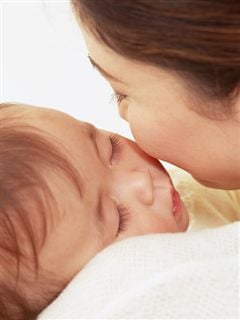Although all languages share the basic building blogs of grammar, with nouns, verbs, and adjectives, passive and active voice and so on, Japanese is obviously quite different from English. Rather than feel frustrated at the parts that were different from English, I did my best to embrace them instead. For example, there’s a class of highly descriptive 4-syllable adjective that all end in -yaka which are so full of complex meanings that they can be a challenge to master. The word hanayaka means bright, flowery and full of pageantry, like a beautiful bride at her wedding, while the similar sounding nigiyaka means bustling and busy, like a big city where everyone is hurrying to get someplace. If something you’re eating or drinking makes you feel sawayaka you feel refreshed and full of zest, while the word sumiyaka means speedy and without delay. Most Japanese parents would like their sons to grow up to be sukoyaka, which means vigorous, healthy and strong, while odayaka, meaning calm and graceful, is considered a virtue for daughters. While these nuanced words might seem hard to learn, they’re used quite often, which makes them easy to learn.

According to Google Images, this image is sawayaka (bright and refreshing.















